Should you get the Oculus Quest 2 or the Valve Index?
Light on its feet
Oculus Quest 2
Pros
- Cheap
- Chordless
- No setup
- Versatile
Cons
- Uncomfortable in extended play sessions
- Forced Facebook integration
The Oculus Quest 2 brings a few quality of life improvements and resolution upgrades to Facebook's revolutionary take on VR that blends the chordless user experience of mobile VR with nearly PC-caliber experiences. That said, it doesn't shake things up quite the same way that the original Quest did.
Heavy-Hitter
Valve Index
Pros
- Best premium headset on the market
- Built for high-performance
- High-quality controllers
Cons
- Expensive
- Finicky setup
- Bad for first-timers
- Requires a gaming PC
The Index is the benchmark for premium VR gaming. Not only is it built to seamlessly work with Valve's PC gaming platform, Steam, but it also boasts the best hardware in its class. While Valve's other hardware has consistently missed the mark, the Index is a clear hit.
The Oculus Quest and Valve Index Operate at very different ends of the VR spectrum; at polarized points of price and performance, it's a tough decision that ultimately hinges on what kind of VR experience you're looking for. On one end, the Quest provides the most accessible and seamless VR experience with little setup or hassle. On the other, Valve's Index offers the ultimate premium VR experience - if you're willing to put in the work to set it up.
Oculus Quest 2 vs. Valve Index: Getting in the right headspace
Each headset offers a uniquely attractive take on the virtual reality experience. Where the Index focuses on delivering a premium experience, the Quest hones in on a seamless VR experience. Here's how they stack up against each other.
| Oculus Quest 2 | Valve Index | |
|---|---|---|
| Display Resolution | 1832 x 1920 per eye | 1440×1600 per eye |
| Display type | RGB-stripe fast-switching LCD | Full RGB LCD Panels |
| Memory | 6 GB | 12 GB |
| Storage | 64GB/256GB | Internal PC drive |
| Audio | Built-in speakers, support for headphones, integrated mic | Ultra near-field, full-range, off-ear (extra-aural) headphones, headphone support dependent on PC, integrated mic |
| Ports | USB Type-C, 3.5mm audio jack | Display port 1.2, USB 3.0 |
| Wifi Connectivity | Wi-Fi 5 and Wi-Fi 6, Bluetooth 5.0 LE | Yes, via PC |
| Headset Battery | Built-in rechargeable Li-Ion, 2-3 hours | No battery, wired to PC |
| Controller Battery Life | 2-3 Hours | 8 Hours |
| Weight | 503g / 1.1lbs | 809g / 1.8lbs |
| Glasses Compatability | Yes | Yes |
| IPD Adjustment | Manual | Manual |
| Field of View | 89 degrees | 130 degrees |
| Refresh Rate | 120Hz | 120Hz |
The Oculus Quest 2 builds on the already solid foundations set by the first Quest with a seamless and accessible form factor by making small, system-level improvements and changes rather than re-inventing the wheel. That said, its forced Facebook integration can be frustrating.
On the other hand, the Index has something to prove; Valve's other forays into hardware have almost all flopped. Thankfully, the Index seems set to break the curse. With best in its class hardware and native Steam support, the Index should be any hardcore PC player's #1 choice. So, let's break it down further to see which set is right for you.
Oculus Quest 2 vs. Valve Index: What's in the box?
Both headsets are impressive in their own right, but it comes down to what you're looking for in a VR headset. When it comes to what you get with each headset, the full Index kit is a beast. On top of the headset, headphones, and controllers, it also comes with a power supply and several video and power cables to connect the headset to a PC, as well as a charger for each controller. Outside of chords and hardware for the actual headset, it also ships with the Index's tracking device and a power cable and mount for it.
The Quest 2, on the other hand, comes with the headset, controllers, a charging cable, and a pair of batteries for the controllers.
Oculus Quest 2 vs. Valve Index: Getting the VR experience
When immersing yourself in VR, view is integral. Each headset offers different benefits in its resolution and field of view. The Quest 2, with the benefit of being a year and some change older, has a much higher pixel count. In fact, it's such an improvement over the first that it's eliminated the screen door effect that the first Quest struggled with. That said, just because the Index doesn't have as high a resolution, that doesn't mean it has any problems. In fact, most players probably won't notice the difference.
While it boasts a decidedly higher resolution per eye, the Quest 2's field of view isn't quite up to snuff. The Index wins out with a 130-degree FOV, giving the Index a unique advantage over the competition. In fact, it's the highest field of view currently available on the market.
Oculus Quest 2 vs. Valve Index: Take control
Much like the rest of its hardware, the Index's controllers are a cut above the rest. While they still adhere to the four face buttons, two control sticks, and triggers that come standard in nearly all VR controllers, they also introduce some exclusive features to ratchet up immersion and gameplay flexibility. This includes touchpads and other new methods of interacting with virtual spaces. These controllers are the best on the market, bar none. The fact that the controllers can be charged using USB type C means anyone with a PS5, Switch, or Android phone shouldn't have trouble finding a way to charge the controllers.
The Quest 2's controllers, on the other hand, are frustratingly more high maintenance and ultimately deliver a lower quality experience. Not only are they battery-powered, but they simply don't hit the (admittedly high) bar set by the Index. That's not to say they're bad. They include all the basics found in any standard VR controller, but that's about it. They just don't feature much in the way of exclusive bells and whistles the way the Index does.
Oculus Quest 2 vs. Valve Index: Setting things up
When it comes to setting things up, the Oculus Quest 2 takes the cake, and set up takes a couple of minutes. After logging in with a Facebook account (or setting one up), all players need to do is set the play area and get playing. The short setup is a godsend for many reasons, the least being that the Quest 2 ultimately isn't very comfortable to wear for extended periods of time. Getting into the game without much ado is vital.
Somehow, the Quest is even easier to use with the PC. If you have a USB-3 to USB type C chord, you can essentially plug in the headset and play right away as long as you have Steam VR installed on your PC. Aside from that, the only time the Quest 2 needs a cord is when you charge it.
When it comes to setting things up, the Oculus Quest 2 takes the cake, and set up takes a couple of minutes.
On the other hand, the Index is pretty much the exact opposite — Valve's support page for the Index details a painstaking setup. Index owners are supposed to mount a tracker in the wall using power tools and plug several chords into your PC. After all your hardware is in order, the setup is smooth like butter. Plus, the headset itself is comfortable. However, you are tethered to your PC. Cords don't bind the Oculus Quest, so you can take it to any room of your house or a friend's; the world is your oyster!
Overall, the setup and startup process for the Index is so extensive and in-depth that I can't in good conscience recommend it to anyone looking to jump into VR for the first time, especially anyone who isn't already a hardcore PC player.
Oculus Quest 2 vs. Valve Index: Which should you buy?
In the end, the choice pretty much comes down to games and cost. While the difference between the two is similar to the difference between console and PC gaming, the Index just doesn't have enough advantages over the Quest 2 to justify shelling out the extra money. Sure, the Index ultimately smoother and more powerful. Still, it's also very high-maintenance and expensive.
The Index stands in a league of its own as the ultimate VR experience, but its steep price point and inflexible requirements make for an unfortunate cocktail of inconveniences. Unless you're a hardcore PC gamer with more money, time, and patience than the average player, it's hard to recommend. Plus, it's not even required to play one of their biggest games, Half-Life: Alyx. In fact, players with a decent gaming PC, a USB Type C cable, and a little patience can use even the Quest 2 to experience Valve's masterpiece.
The Oculus Quest 2 brings a masterfully versatile take on the VR headset to the table that's easy to recommend to anyone. The fact that the Quest 2 can be played without any cords alone makes it the easiest experience on the market to enjoy. Add in a slew of exclusives and PC capability on top of that, and the Quest takes the cake.
Jack of all trades
Oculus Quest 2
A virtual Swiss Army knife
The Oculus Quest 2 has everyone covered — from the hardcore VR gaming enthusiast to the wholly uninitiated, its easy-to-use form factor offers access to a slew of many of the best games in the genre at a reasonable price point that won't disappoint.
Master of one
Valve Index
The cream of the crop
The Index is the current peak in VR gaming. Not only does it bring first-class hardware to the table, but it also offers the best PC VR gaming experience. Any hardcore players with the patience, funds, and PC to give the Index a shot shouldn't hesitate.
from Android Central - Android Forums, News, Reviews, Help and Android Wallpapers https://ift.tt/3viqgs0
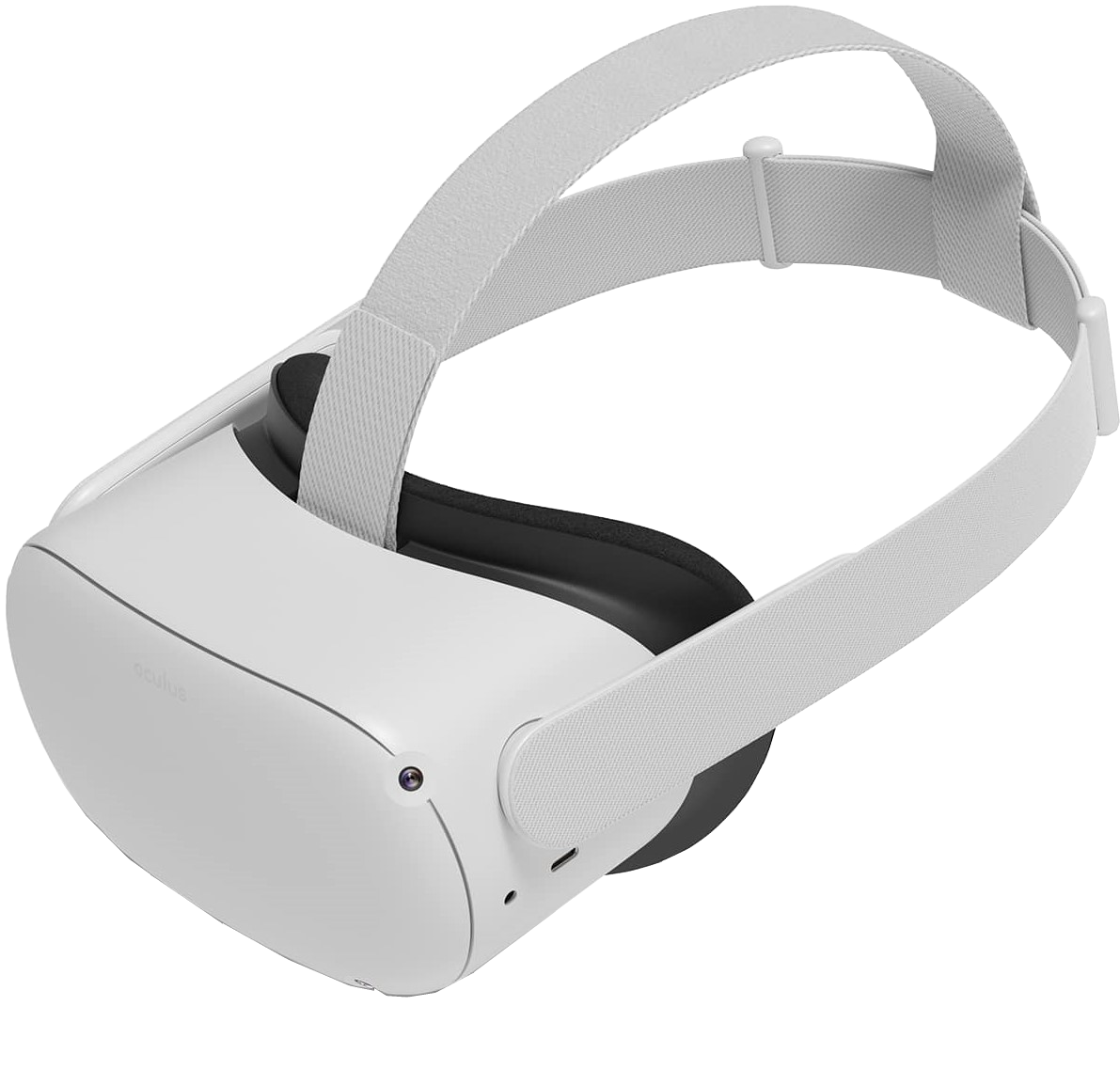
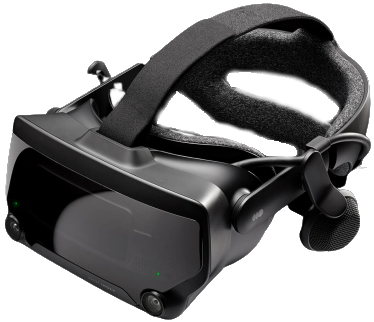
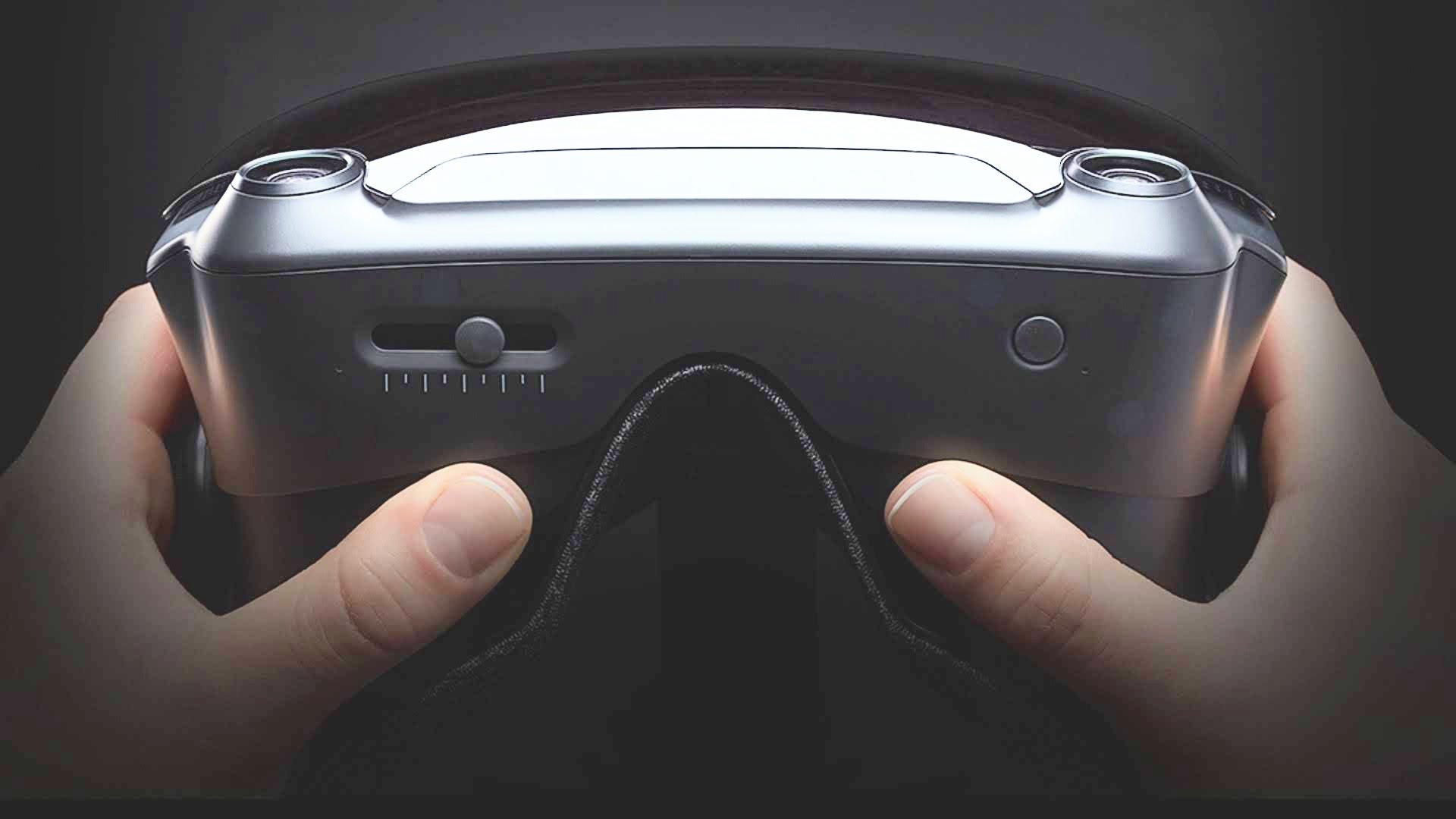
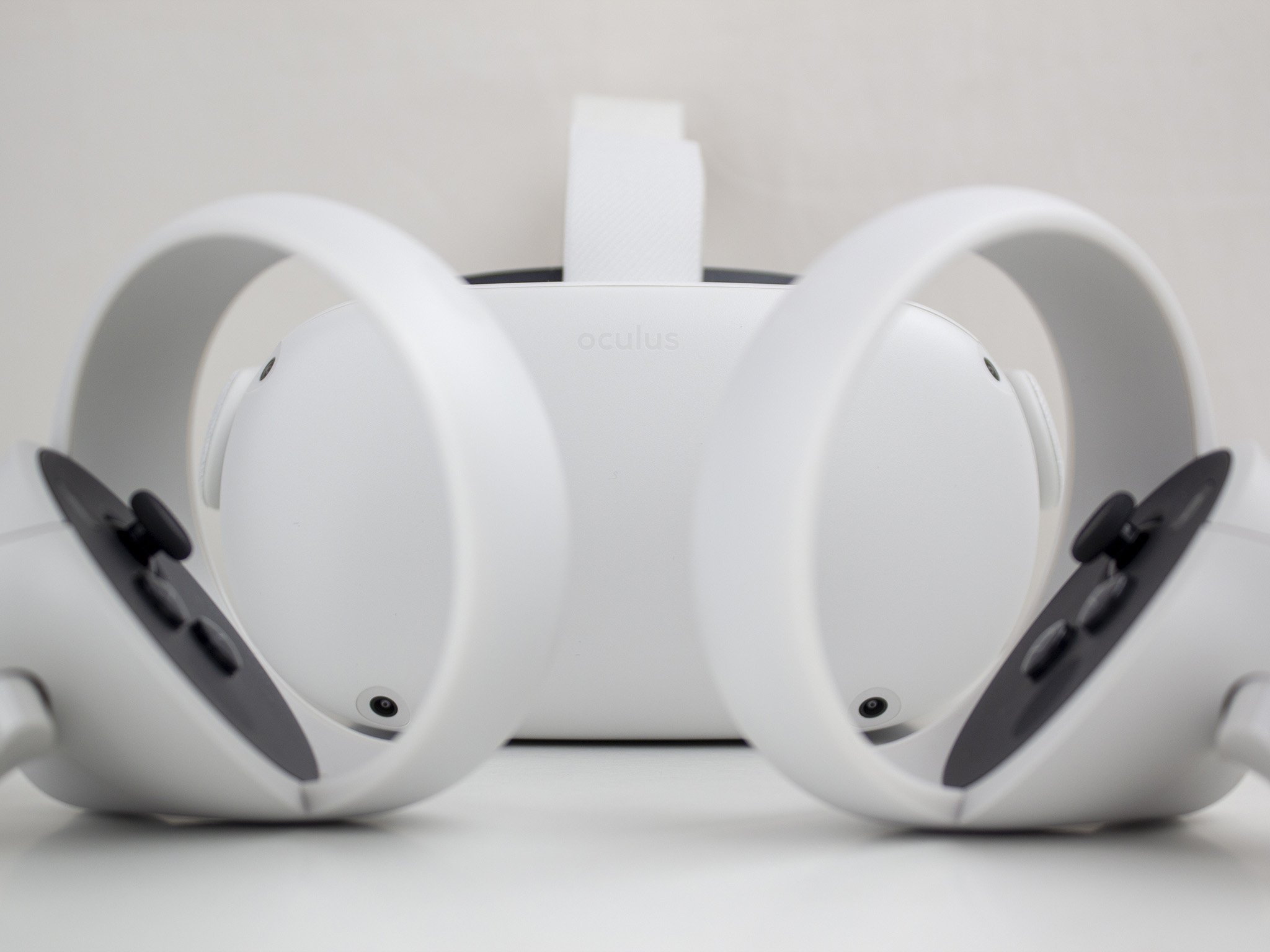
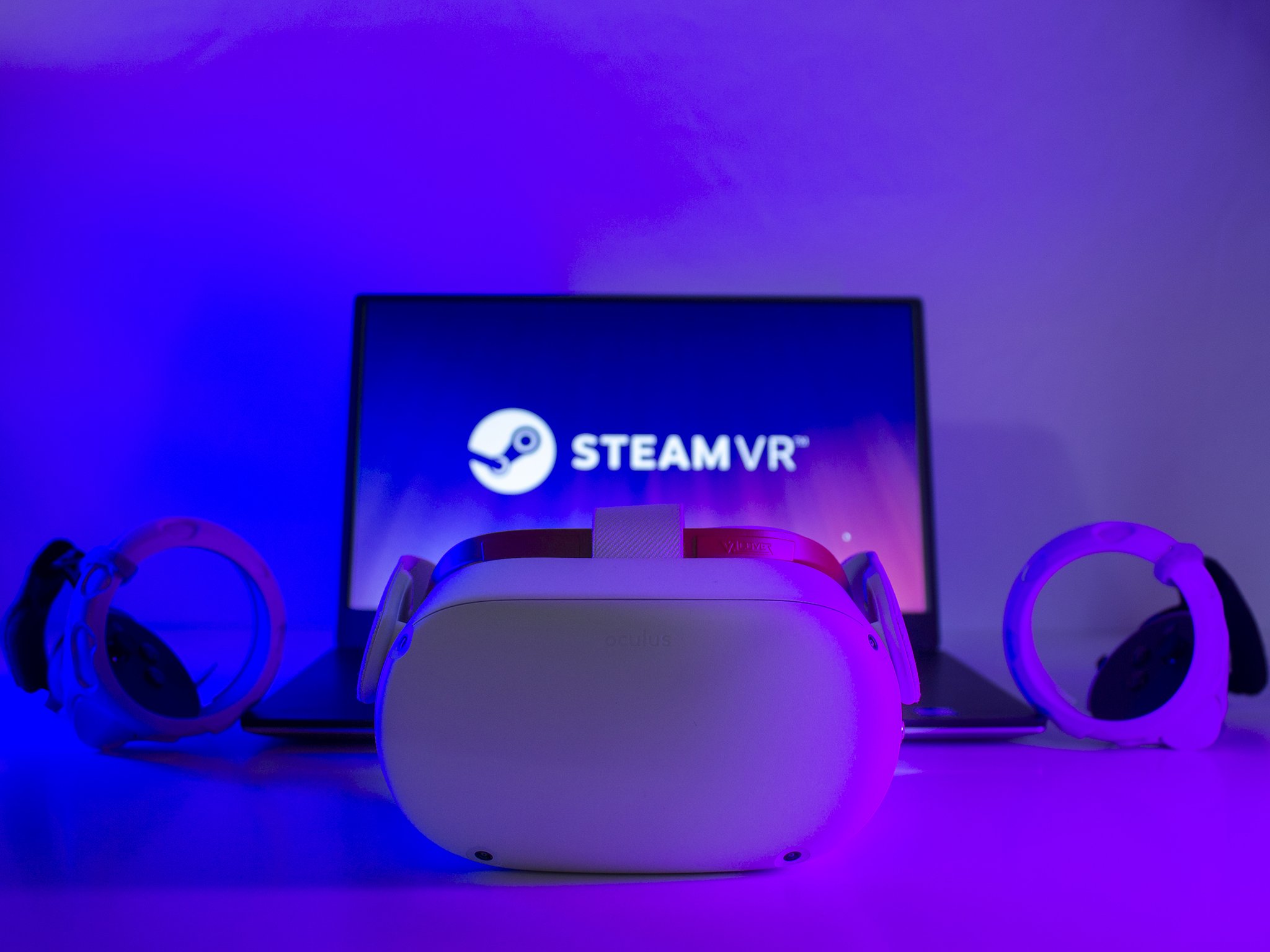

Post a Comment